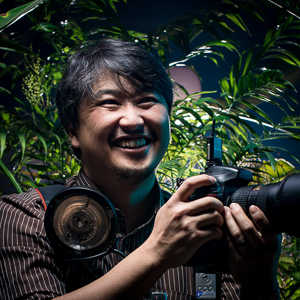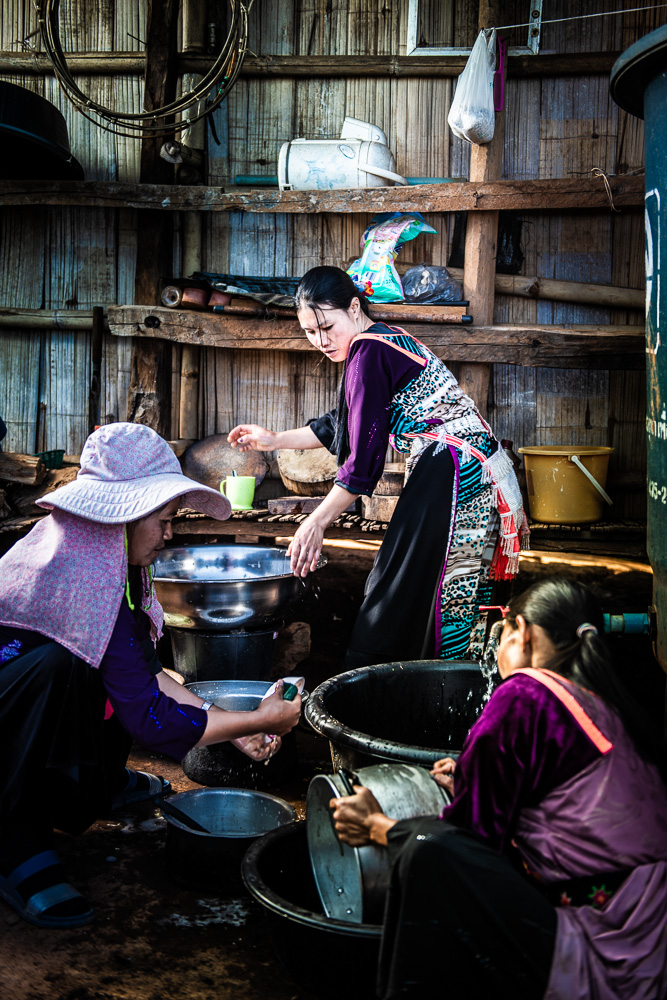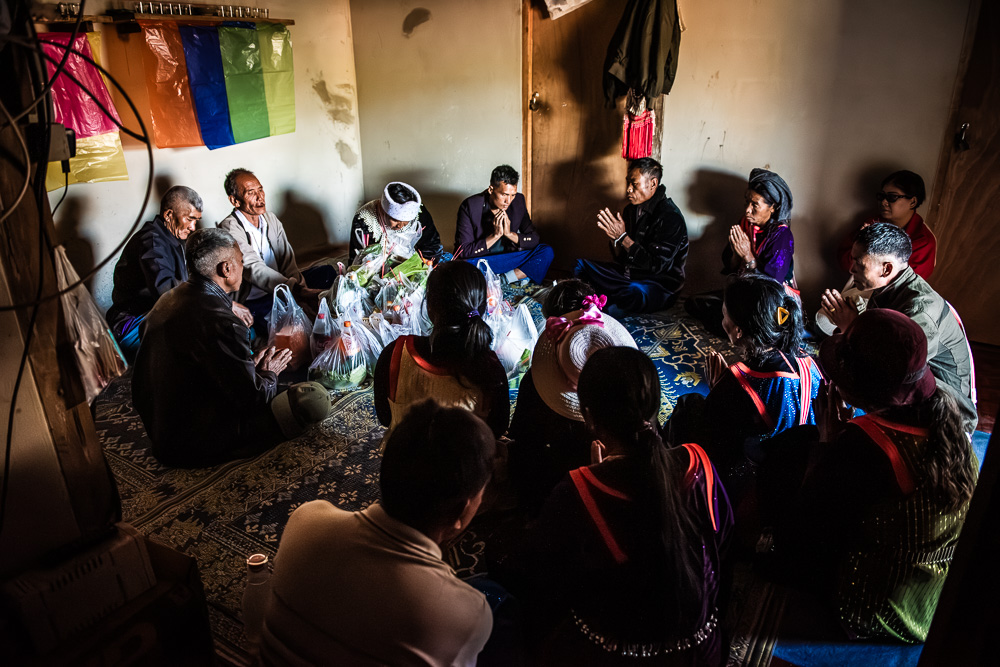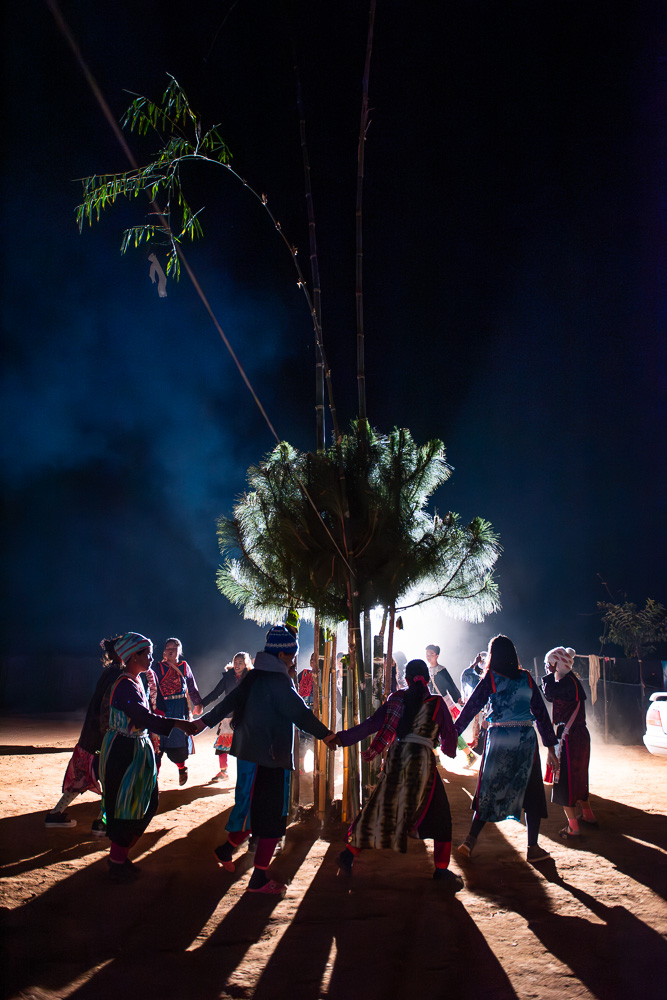

Hakbong Kwon
권학봉
hanabi7707@hotmail.com
Lisu New Year Festival
The alpine region starting from the eastern tip of India, through southern China, northern Southeast Asia, and ending in Vietnam is called Zomia. This region is home to many ethnic minorities who have long been established in the region.
I visited the Lisu village on the Myanmar border in northern Thailand. I spent about a week with the Lisu documenting their New Year celebrations.
To welcome the new year, they plant a spirit tree in their yard and perform traditional sacrifices. On the day of the year change, the whole neighbourhood celebrates the new year with dancing as the village spirits circle around the tree. It was a piece of culture that was both admirable and enviable from the perspective of a Korean who has forgotten so many things.
Of course, the Lisu people have also forgotten many of their traditions, but for this day, they dressed up in traditional clothes and celebrated the New Year in the way they have been doing since ancient times.
I wanted to document a village where chaos and order coexist, where tradition and modernity live side by side.
인동의 동쪽 끝부터 시작해서 중국 남부, 동남아시아의 북부를 관통해 베트남에서 끝나는 고산 지대를 Zomia 라고 한다. 이 지역에는 수 많은 소수민족이 오래전 부터 자리를 잡고 살아 가고 있다.
나는 태국 북부 미얀마 국경지대에 살고 있는 리수 마을 방문했다. 리수족과 함께 일주일 정도 새해축제를 기록했다.
새해 맞이를 위해 마당에 정령의 나무를 심고 전통적인 방법으로 제사를 지낸다. 해가 바뀌는 날 온 동네 사람들은 마을의 정령을 나무 주변을 돌면서 춤으로 새해를 축하한다. 많은 것을 잊어버리며 살아가는 한국인의 시선으로 볼때 한편으로 대견스럽기도 하고, 한편으로 부럽기도한 문화의 한 조각이었다.
물론 리수족들도 많은 전통을 잊어버리고 살아가지만 이 날 만큼은 전통의상을 차려입고 옛부터 이어저온 방법대로 새해를 축하했다.
나는 혼돈과 질서가 공존하고 전통과 현대가 함께 공존하는 리수 마을의 모습을 기록하고자 했다.




